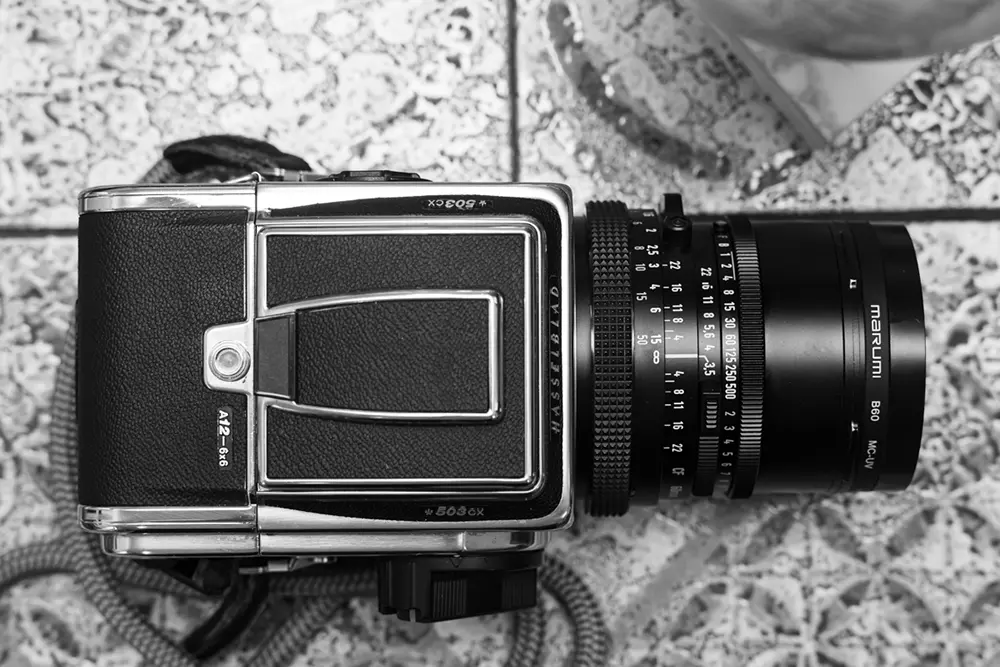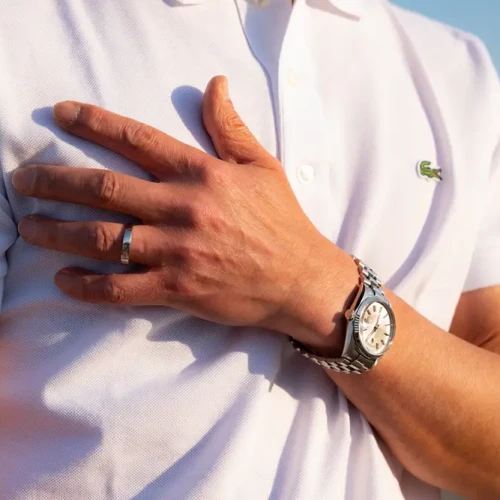iPhone16 Pro

Although there have been improvements in performance and functionality, I feel that this is a prototype of the next-generation iPhone designed to meet the demands of the AI era.
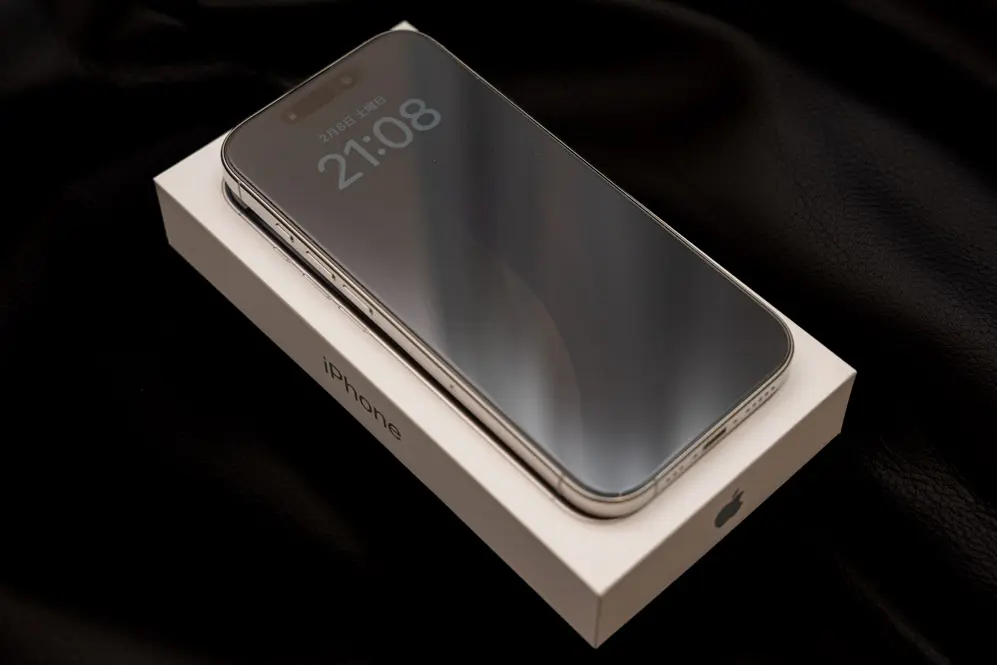
iPhone
Smartphones have continued to evolve, and even the iPhone, which I used to upgrade every two years, has been in use for five years without feeling the need for an upgrade since switching to the iPhone 11 Pro Max. After five years of use, with some battery degradation and the end of the iOS update cycle, I decided to upgrade to the iPhone 16 Pro this year.
Although there have been improvements in performance and functionality, there is nothing particularly innovative compared to previous models. This is because smartphones have reached a stage of stability in terms of performance, and although there are definite improvements every year, the changes are only slight in terms of user experience.
In terms of usability, I feel the improved responsiveness, battery life, camera and image/video performance, and personally, the speed of iCloud synchronisation and the optimised Wi-Fi and 5G connection speeds definitely make me feel like I’ve experienced five years of evolution.
Having upgraded my device for the first time in five years, I can definitely feel the improvements in responsiveness and other hardware aspects. If you are currently using an iPhone 14 or earlier model and are considering upgrading for overall performance improvements, I would recommend this model.
However, the price of high-performance smartphones has been rising rapidly in recent years, with models exceeding 200,000 yen now available. Therefore, we recommend this model to those who are satisfied with the overall performance and price.
If you are using a model from the 12 series or later and are considering an upgrade, it may be better to wait and see how Apple Intelligence develops in the future. If you are using a model from the 12 series or later, you may not feel a significant difference in performance, so there is no urgent need to purchase immediately.
Purpose of smartphone use
I use my smartphone for a variety of purposes, including Apple’s native apps, communication tools such as email, SMS, and messenger apps, business tools such as Asana and Trello, schedule management using to-do apps like Things, household budget apps and banking apps, text editors like Bear, tech tools like Terminus, and music apps like Deezer.
I use a Macbook as my PC, so the ability to synchronise data across devices using iCloud is a major factor in my decision to use an iPhone, as it allows me to access my data and IT environment even when I am away from home.
As an aside, when using a smartphone, people are often surprised that I use flick input for text entry. Few people my age use flick input, so it surprises them, but I found that using flick input is similar to touch typing on a computer keyboard, so it became second nature to me. One of the advantages of flick input is that it is easy to use with one hand.
I used voice input a little when I had an iPhone X, but I hardly use it now. Voice input is useful on my Apple Watch, but only for simple words, and I occasionally use it to reply to notifications on messenger apps.
When I first used the voice call feature on my Apple Watch, I was reminded of a scene from a children’s special effects programme I watched on TV when I was a child. In the programme, the main character gave commands to Giant Robot by saying, ‘Fly, Giant Robot!’ into his watch. When I used the voice call feature on my Apple Watch, I was moved by the fact that the technology I had imagined as something used by humans in the future in a children’s programme on TV had become a reality right before my eyes.
Convenient Magsafe
While MagSafe charging has been supported as a charging method for iPhone 12 and later models, this is my first time using MagSafe charging as I previously used an iPhone 11 Pro Max. I am currently charging my iPhone 16 Pro using MagSafe charging, and by using a 35W charging adapter, the charging speed has significantly improved.
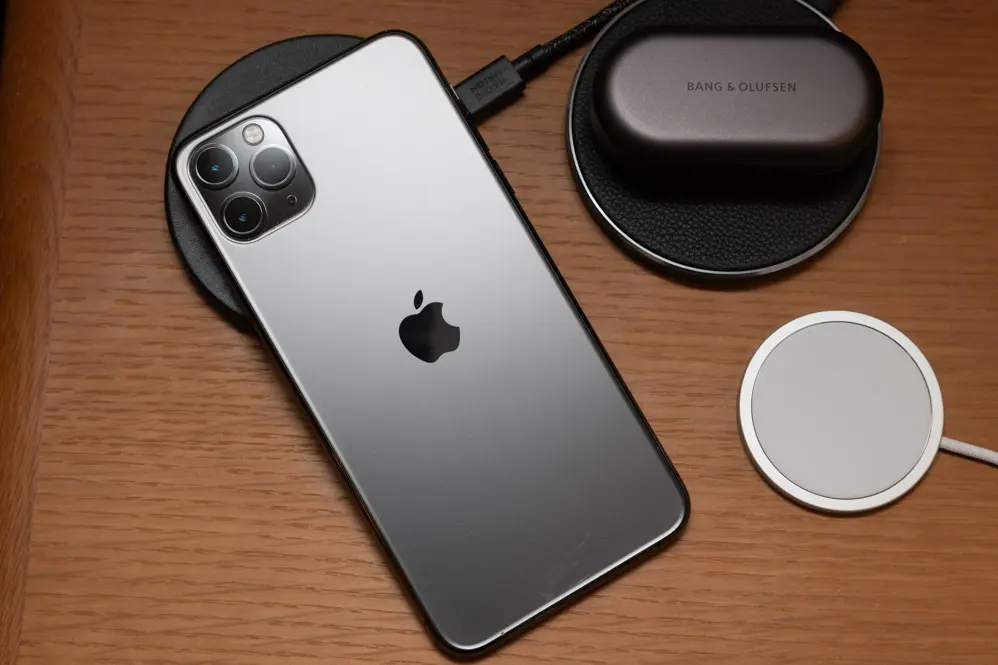
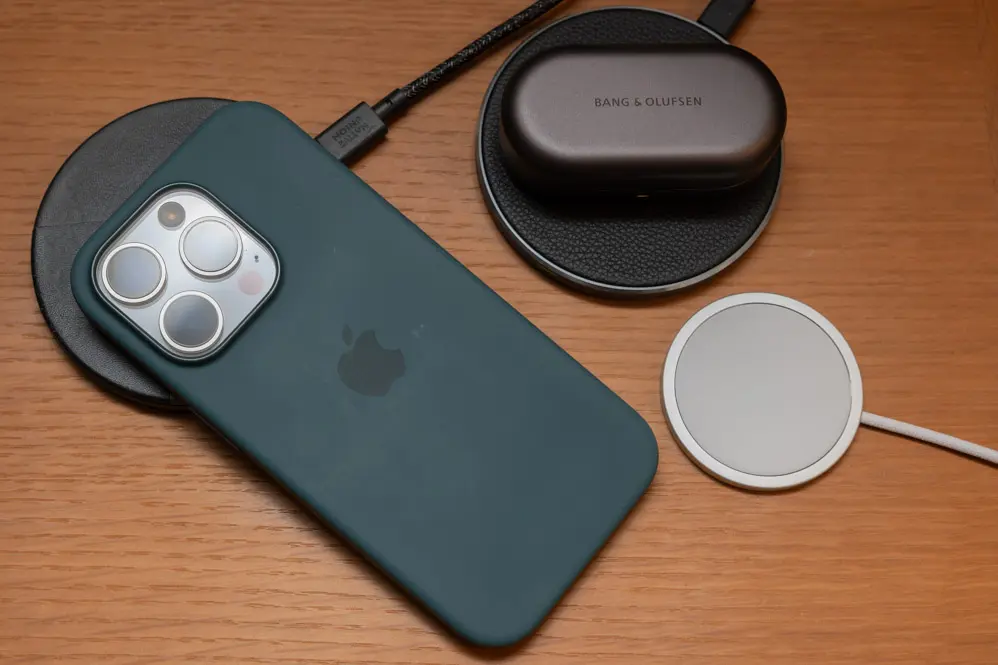
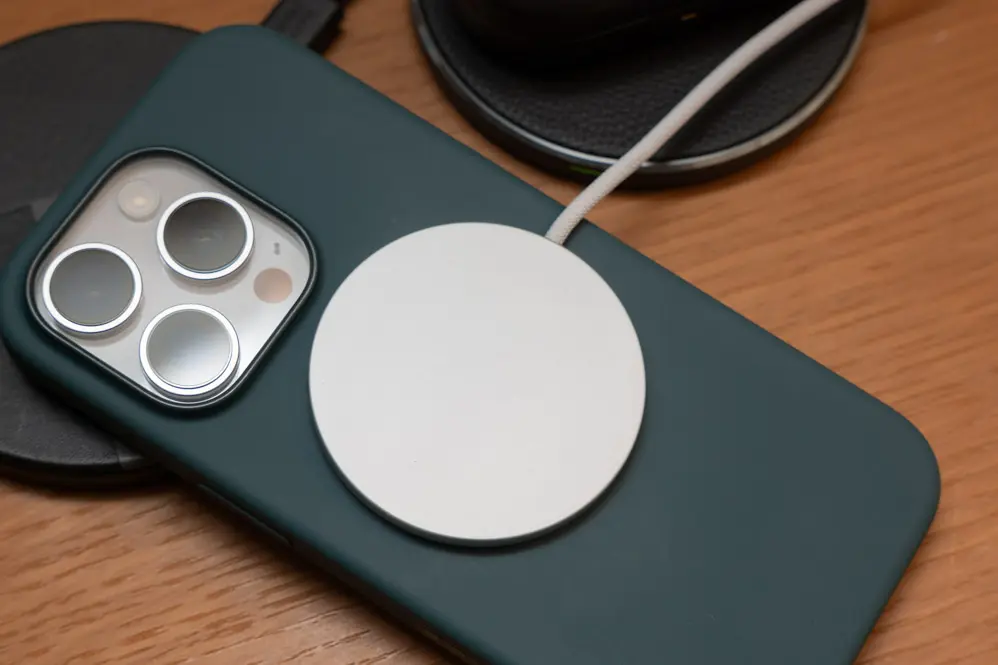
One of the advantages of MagSafe is that the charger attaches securely to the charging space using magnetism, so you can simply place it down to charge, eliminating the occasional problem of poor placement preventing proper charging.
iPhone Pro and Pro Max
The reason I upgraded from the previous Pro Max model to the Pro is that the Pro Max was difficult to operate with one hand due to the size of my hands. With the Pro, although not everything can be operated with one hand, it is possible to do so to some extent, resulting in an improved user experience.
Before the 11 Pro Max, I used the iPhone X, which was easy to use in terms of size, but I wanted to try the large screen of the Pro Max, so I switched to the 11 Pro Max. However, after using it for five years, I realised that the Pro Max was a bit too large for me, so this time I opted for the Pro.
The difference between the previous models, the 15 Pro and 15 Pro Max, was that only the Pro Max had a telephoto lens and optical lens, and there was a difference in battery life. However, in the 16 series, there is no difference in the optical lenses between the Pro and Pro Max. The battery life is still better in the larger Pro Max.
iPhone 16 and iPhone16 Pro
In terms of performance, there are differences between the iPhone 16 and iPhone 16 Pro, but considering actual use, the 16 is sufficient. The main reason I chose the 16 Pro is its titanium body, as I prioritised the feel in my hand when holding it. Although there is a price difference, considering the expected usage period, I felt the price difference was not significant, so I opted for the model with my preferred texture.
The differences between the models include the external structure (titanium vs. aluminium), the protective glass used on the back, the USB-C port (USB 2 vs. USB 3), the A18 chip (Pro vs. standard), the number of GPU cores (5 vs. 6), the availability of an always-on display, the presence or absence of wide-angle and telephoto lenses, and the difference in macro image quality. Additionally, there are differences in the video recording capabilities when compared side by side.
The structural differences are significant, and since they cannot be replaced later, we have chosen the Pro model made of titanium. Personally, I do not frequently take photos or videos with my smartphone, so this is not a priority for me. However, I believe the difference in photo and video quality would be significant for those who frequently post on social media.
Although it is a modest feature, the always-on display consumes almost no battery power and displays the time.
The difference between the 16 and 16 Pro is for those who frequently take photos and videos on their smartphones and want to make a difference in quality. In particular, the difference in the availability of telephoto, wide-angle, and macro lenses will result in differences in what can be photographed and the quality of the photos.
Differences in chips and GPUs are also definitely reflected in the feel of the controls.
The iPhone 15 Pro/Pro Max and later models are designed with the use of Apple Intelligence in mind, but since Japanese language support is not yet available, the extent to which users will benefit from this feature remains unknown.
In conclusion, I feel that those who want to do various things on their smartphones or frequently use them and want to do various things will be more satisfied with the Pro.





